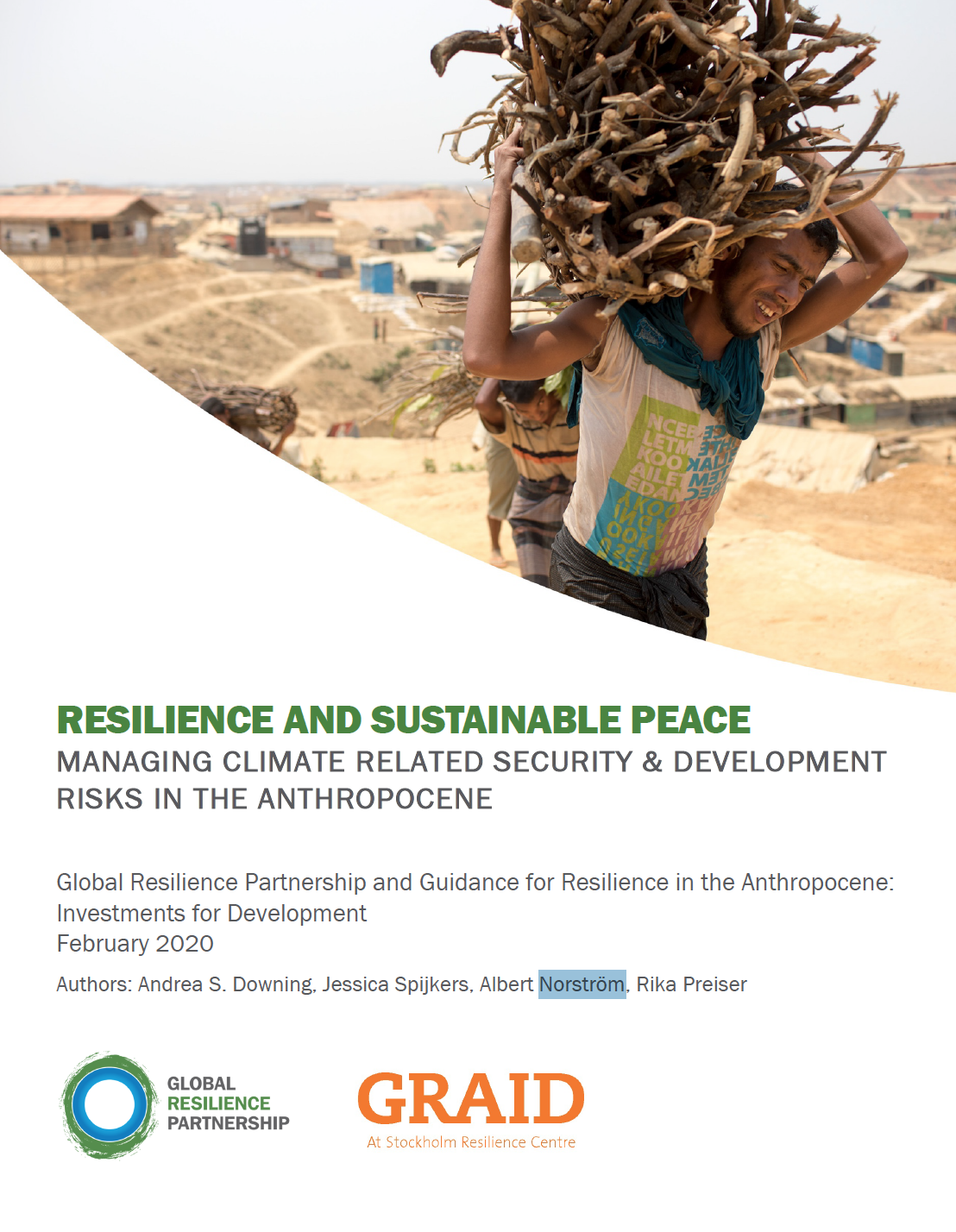
Resilience and Sustainable Peace
Author(s): Downing, A.S., Spijkers, J., Norström, A. & Preiser, R.Link to CST author(s): Prof. Rika Preiser
Publication: GRAID Policy Brief
Year: 2020
Full reference: Downing, A.S., Spijkers, J., Norström, A. & Preiser, R. 2020. Resilience and Sustainable Peace. GRAID Policy Brief
Download publication
Summary
Resilience thinking offers theory, practices and evidence to better navigate through the dynamics of climate change related risks. In essence, resilience can be described as the capacity of a system, be it a community, nation or region, to deal with change and continue to develop. By casting a systemic lens on vulnerable and fragile contexts, resilience approaches can form an intrinsic part of peacebuilding9. Conflicts are increasingly understood as being about the distribution of power rooted within changing social-ecological systems. Using resilience approaches to highlight not only immediate vulnerabilities, but also the wider systems of distributions – i.e. the root causes of change – allows one to take concrete steps towards sustaining peace.

